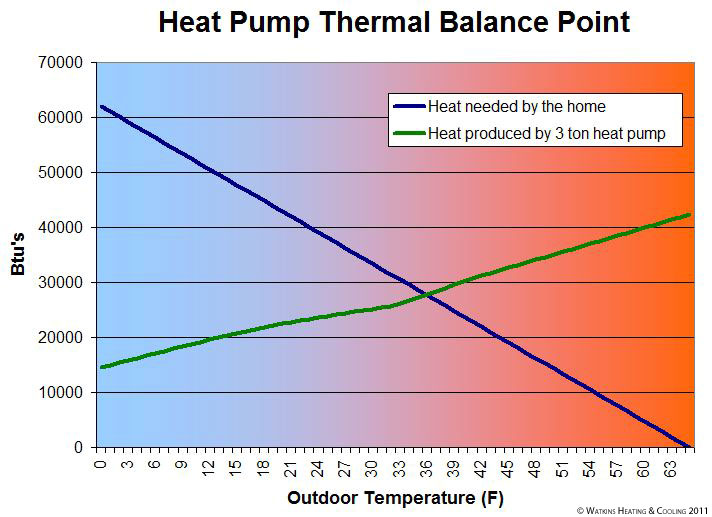Snagglefoot
Thread starter
The most important thing about the heat pumps is to fully understand what what your costs are and to realize that the costs are dynamic and change every year. Also, converting to a heat pump is more palatable if you were planning on adding or replacing an air conditioning unit or a gas furnace anyway. Finally, if you are a greenie and live in an area with cheap electrical power you can always play the low CO2 card. 

